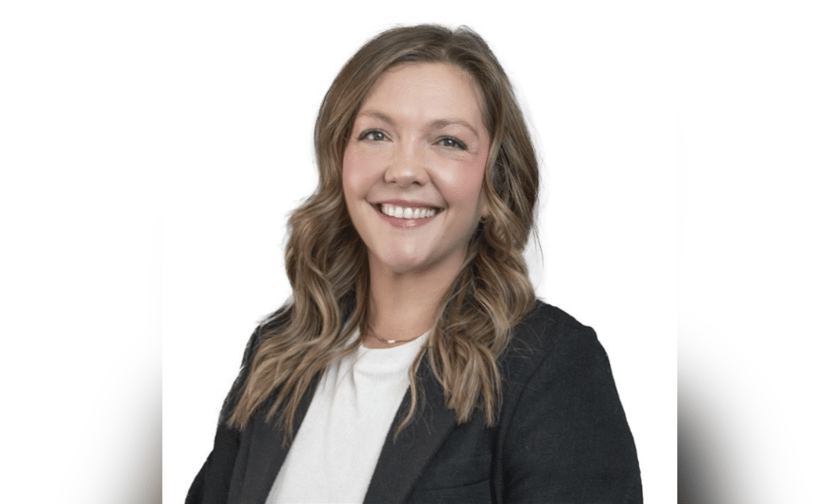

A growing trend in the insurance industry is the demand for advisory services that go beyond transactional support. Clients increasingly seek personalized advice and holistic risk management strategies, especially as risks like cyber liability and business interruption become more complex.
As a result, the term "broker" is increasingly being replaced by "advisor." This shift in language reflects a shift in philosophy. Insurance is no longer about checking boxes - it’s about long-term strategy.
For Holly Burgess (pictured), partner and senior advisor at HK Henderson, that means being embedded in the client’s operations, understanding their goals, and working alongside them to find the right protection as they grow. This approach aligns with broader industry trends, where many financial advisors are transitioning to fee-based advisory models as a tool to improve client relationships and practice sustainability.
"We don’t want to just sell them a policy; we want to really advise them and be a part of their business, giving them that holistic approach," Burgess said. "I think the biggest gap in how businesses approach risk today is by using a very reactionary approach. Insurance is inherently one of those things that everybody needs and yet, hopefully, they never want to use it."
Clients often avoid difficult conversations about risk because it means imagining worst-case scenarios. However, ignoring vulnerabilities doesn’t make them go away — and being proactive is the only way forward. This proactive approach is crucial, as clients often switch firms when their advisor leaves, proving the importance of building trust and long-term relationships.
That’s why Burgess’ team implemented the IAP model: a three-step process that identifies, assesses and prioritizes risk.
"It helps the client visualize the need for a proactive approach to their risk," Burgess said. "It’s not just about the policy; it’s about aligning their risk strategy with their business strategy."
Part of that work involves educating clients on what they don’t know — especially when it comes to less visible but critical coverages like cyber, directors and officers, and employment practices liability.
Specialty risks, she said, are often brushed aside until it’s too late. If risks aren’t dealt with properly, they can end up costing a lot, which is another reason why having a solid risk management plan really matters.
Being an advisor also means asking hard questions and expecting honesty in return. Burgess is clear on what doesn’t fly.
"Anybody who wants to purposefully underinsure something or not disclose full operations to save money - that’s unacceptable," she said. "With an industry that’s based on good faith, we really need to honour that."
For Burgess, moving beyond the traditional broker model isn’t just about better service - it’s about redefining the client relationship entirely.
"We don’t want to just be a broker," she said. "We want to be someone they trust, someone they call before making a decision - because they know we’re not just selling them something. We’re part of their business."
